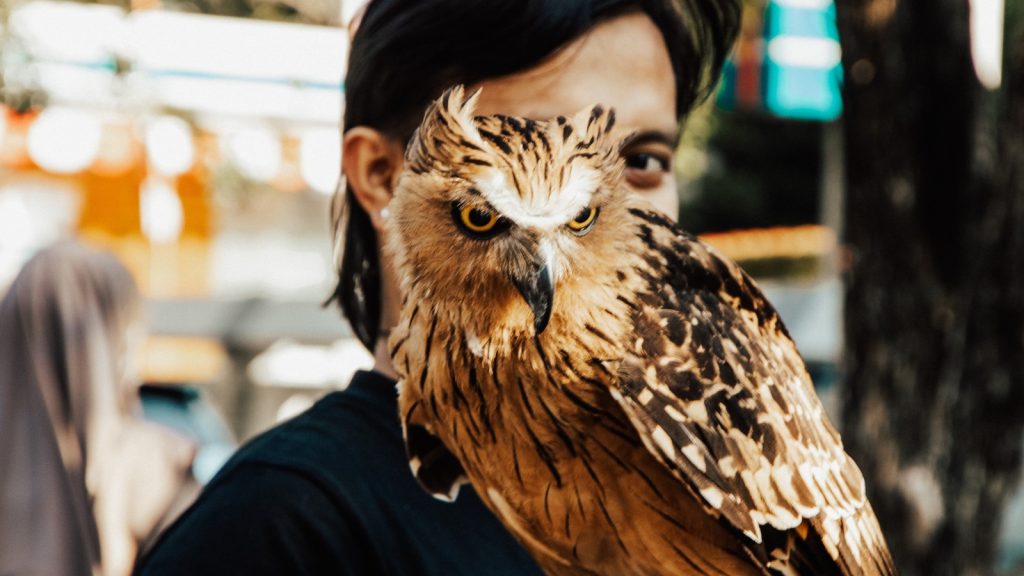I’ve always been fascinated by the incredible variety of birds we have here in Britain. Whether you’re walking through a quiet countryside or sitting in a busy park, there’s a bird to be spotted almost anywhere. But it’s not just their beauty that’s remarkable. Birds have some truly unique traits that make them stand out in the animal kingdom. From their surprising survival skills to unexpected behaviours, they never fail to amaze. So, I’ve gathered some unusual facts about Britain’s native birds that will give you a whole new appreciation for our feathered friends!
1. The Robin Wasn’t Always the Nation’s Favourite Bird
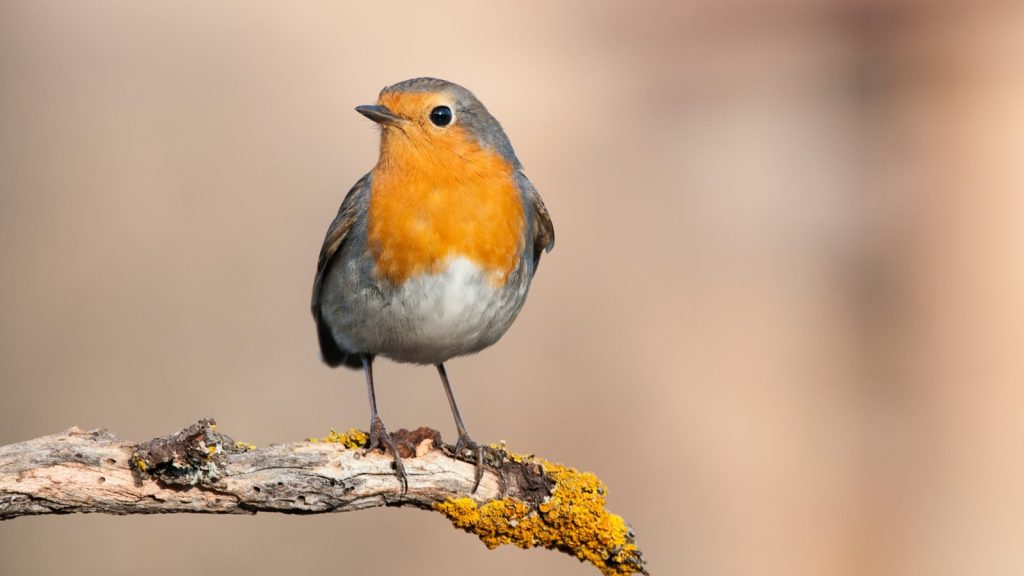
While robins are now beloved as Britain’s national bird, this wasn’t always the case. They gained their reputation in Victorian times, thanks to postmen who wore red jackets and became known as “Robins.” The bird appeared on Christmas cards and soon became a symbol of the season, cementing its place in British hearts.
2. Wrens Build Decoy Nests
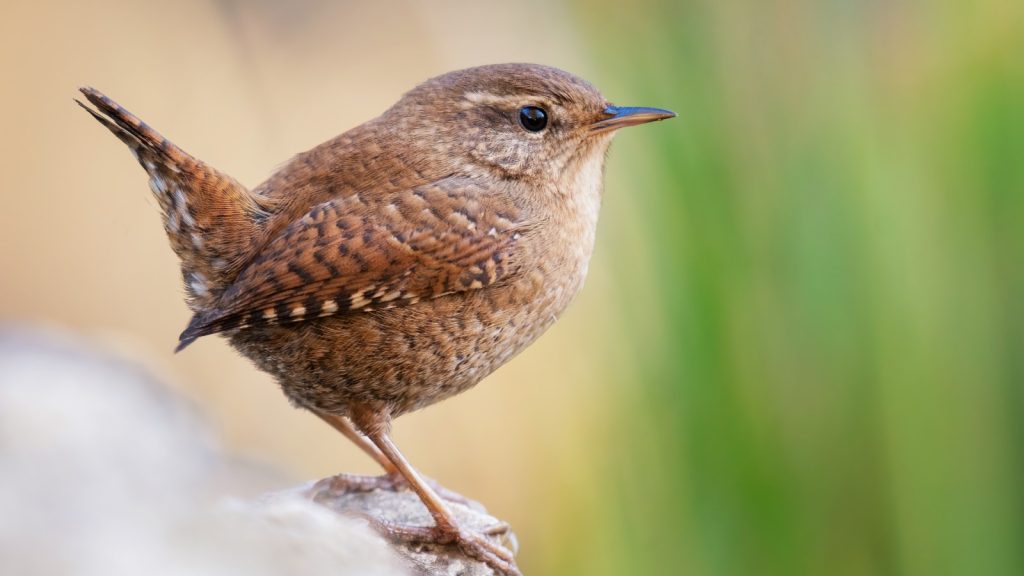
Male wrens are known for their industrious nest-building, but here’s the catch: many of those nests are fake! They build several “dummy” nests in their territory. The female then chooses one to lay her eggs in, but the rest serve as decoys to confuse predators or rival males.
3. Peregrine Falcons Are the World’s Fastest Animal
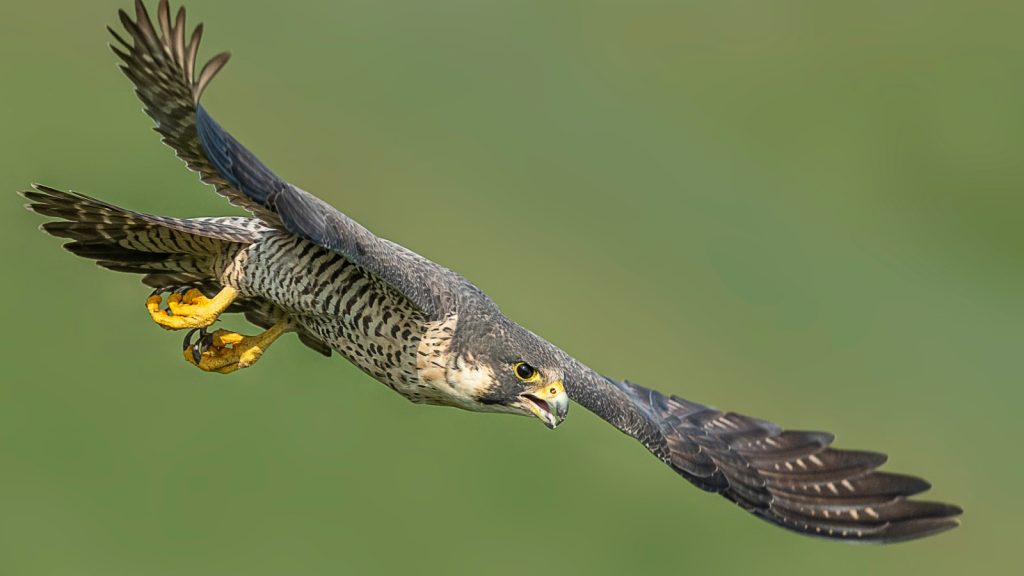
Peregrine falcons, a native species in Britain, hold the record for the fastest animal on the planet. When diving to catch prey, these incredible birds can reach speeds of over 240 mph (386 km/h). Watching them in action is a true spectacle of nature’s engineering.
4. Puffins Carry Their Fish in Style
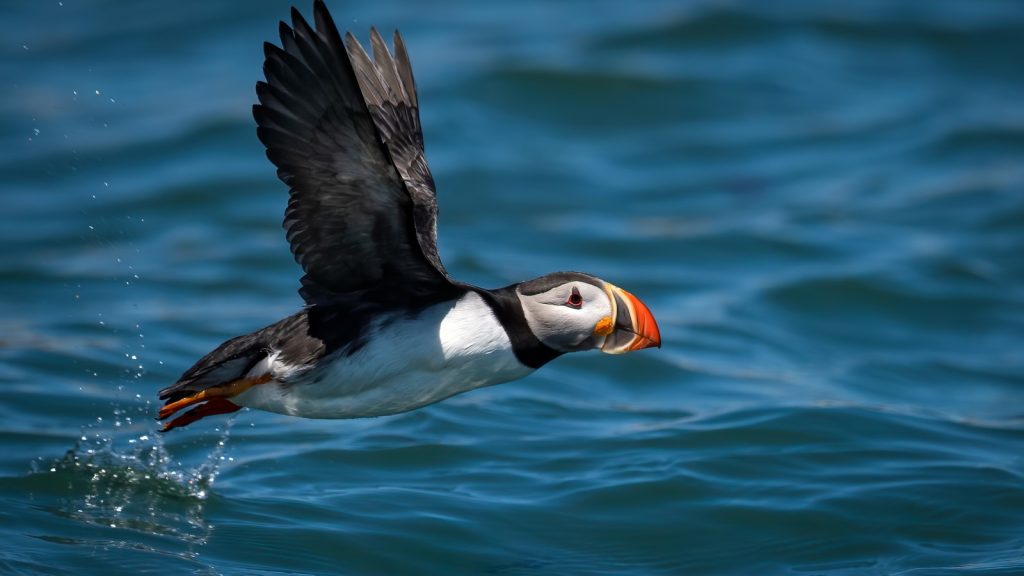
Puffins are an iconic sight along Britain’s coastal cliffs, and their unique fishing technique is something special. With their brightly coloured beaks, they can carry multiple fish crosswise at once—sometimes up to a dozen! This helps them bring back food for their young in one trip.
5. The Cuckoo Is a Professional Trickster
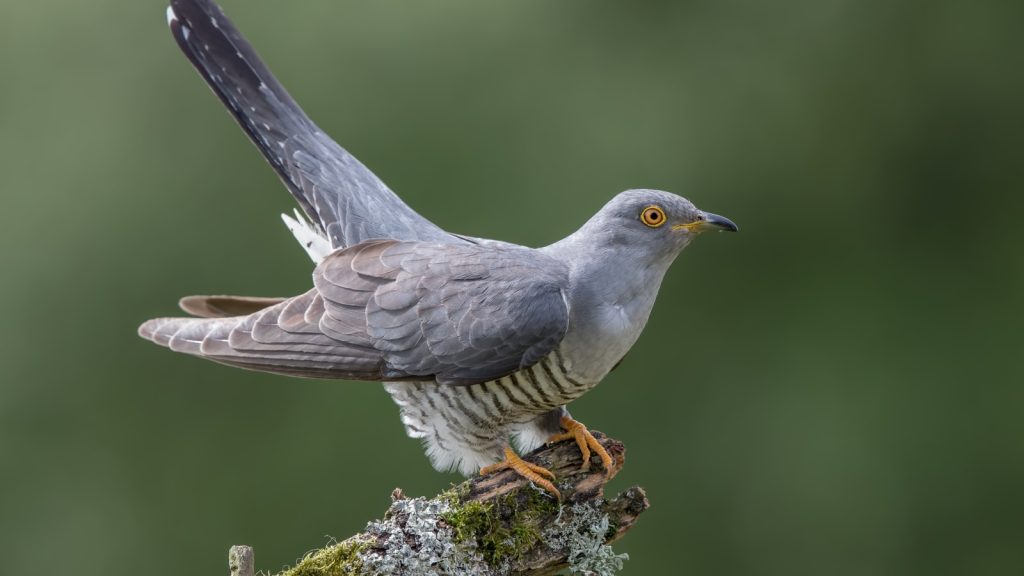
The common cuckoo is notorious for its brood parasitism. Instead of raising its own chicks, the female lays eggs in the nests of other birds, tricking them into caring for the cuckoo’s young. Some host birds, like the reed warbler, are fooled so easily that they raise the cuckoo chick even when it’s much larger than their own!
6. The Tawny Owl’s Call Is Only Half of the Classic “Twit-Twoo”
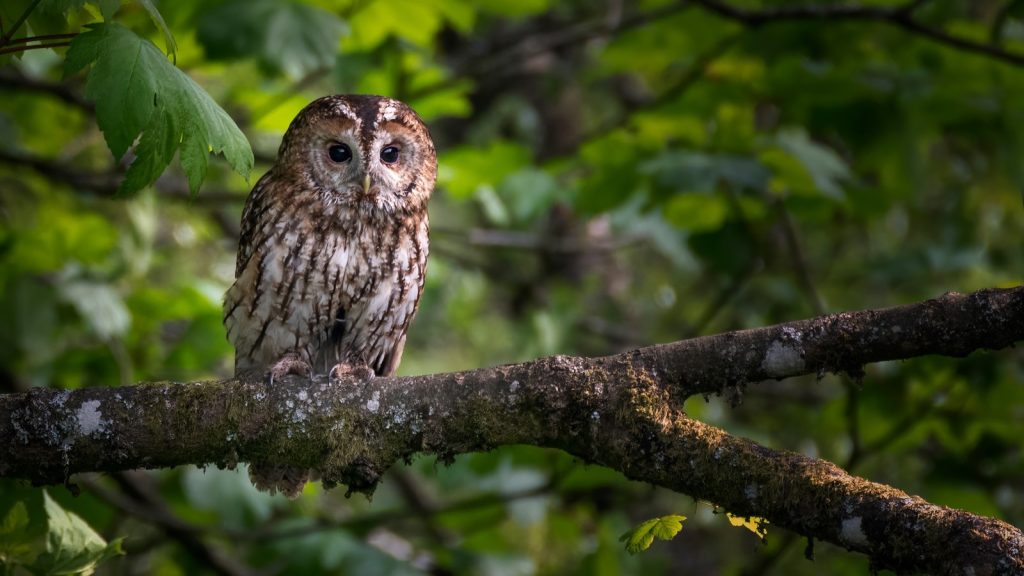
When you hear the classic “twit-twoo” sound in the woods, it’s not one owl calling. In fact, it’s two. The female tawny owl calls “ke-wick,” and the male answers with a “hoo-hoo” sound. Together, they make the duet we associate with eerie nights and woodland adventures.
7. Blue Tits Are Genius Problem Solvers
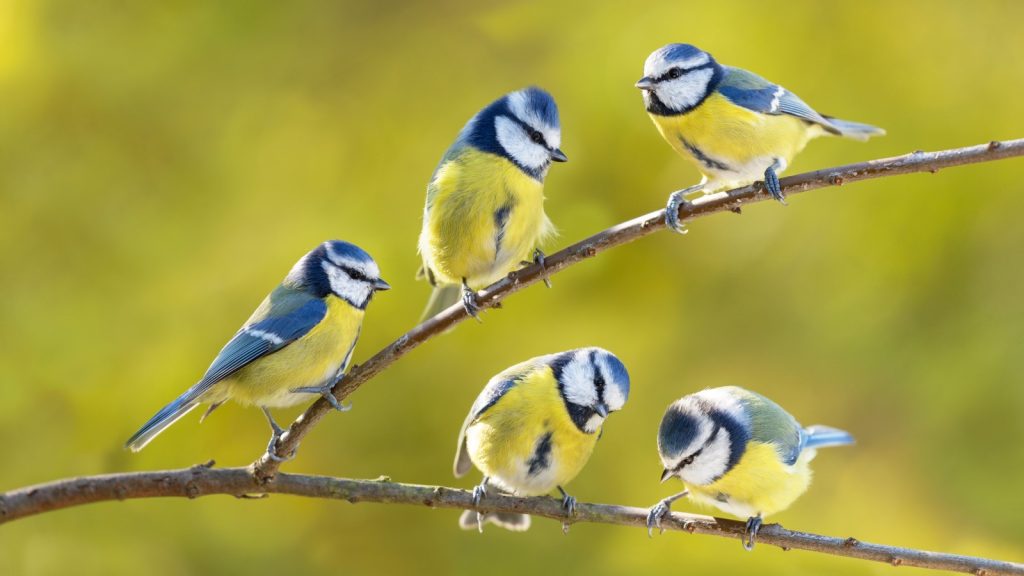
Blue tits have a remarkable ability to learn new tricks. In the 20th century, they became famous for their ingenuity when they learned how to peck through the foil tops of milk bottles left on doorsteps to get to the cream inside. This behaviour spread across the country through social learning.
8. Barn Owls Have Asymmetric Ears
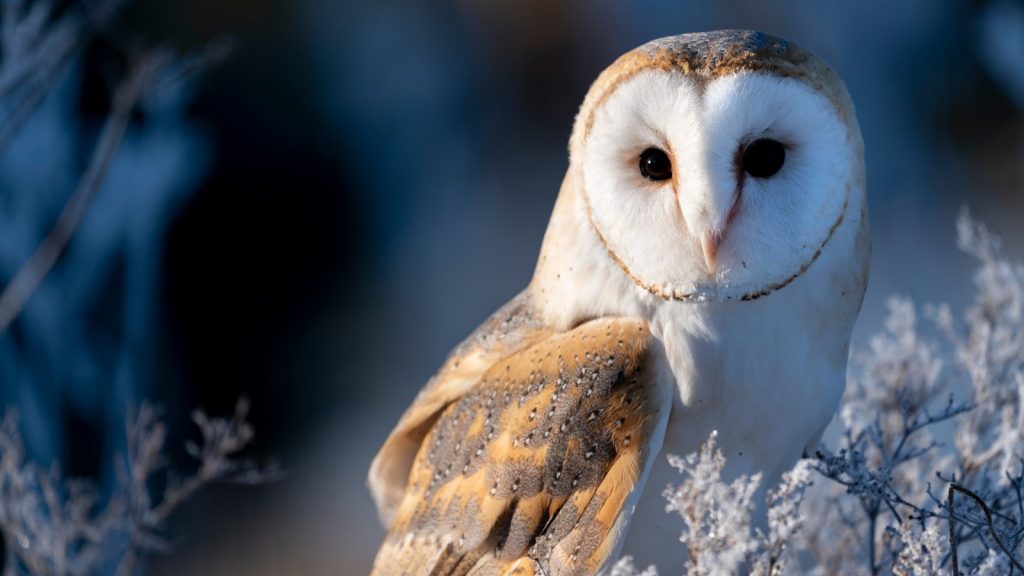
Barn owls, known for their ghostly appearance and silent flight, have another trick up their sleeve. Their ears are unevenly placed on their heads, which helps them pinpoint the exact location of sounds in total darkness. This is what makes them such efficient nocturnal hunters.
9. The Starling Is a Master of Mimicry
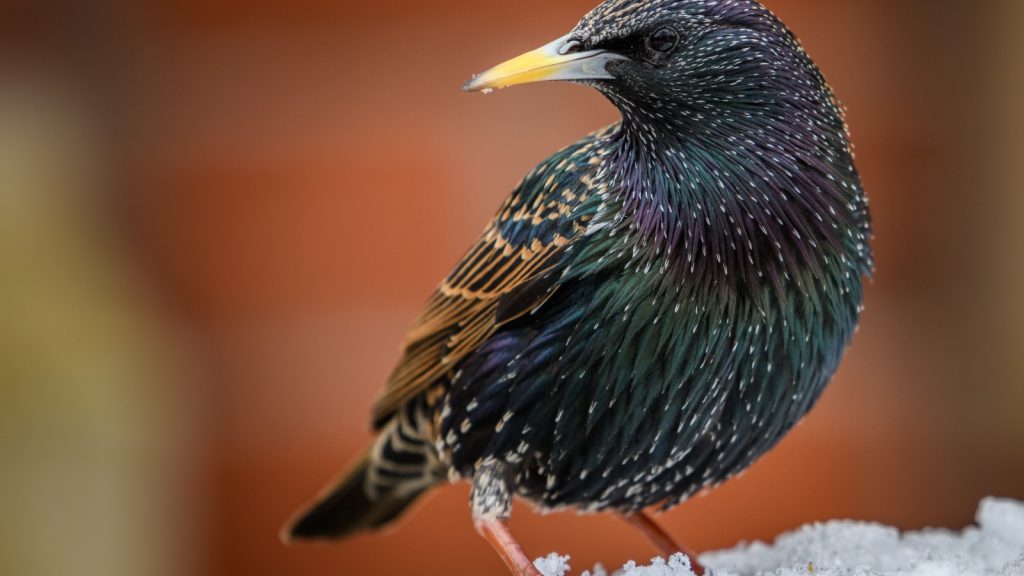
You might think parrots are the only birds that mimic sounds, but starlings can give them a run for their money. These common garden birds can imitate car alarms, phone ringtones, and even the calls of other bird species. Their ability to mimic is not just amusing, but may also help them communicate in noisy environments.
10. The Swallow Travels 6,000 Miles to Visit Britain
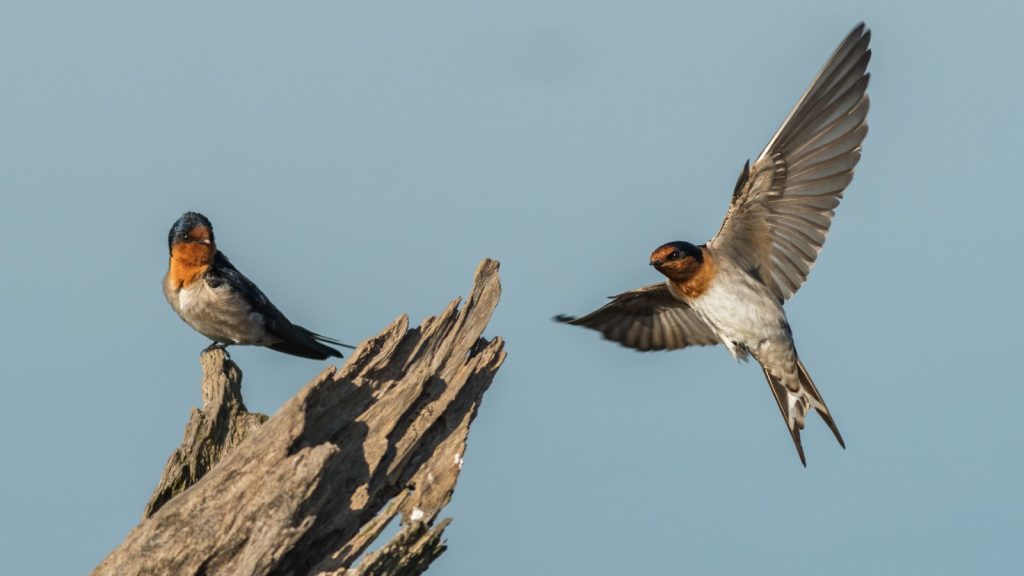
Swallows are famous migrators, and they travel an astonishing 6,000 miles from Africa to spend the summer months in Britain. Despite their small size, they can cover huge distances at impressive speeds, often flying non-stop for hours. It’s no wonder their return is celebrated as a sign of spring.
11. The Magpie May Recognise Its Own Reflection
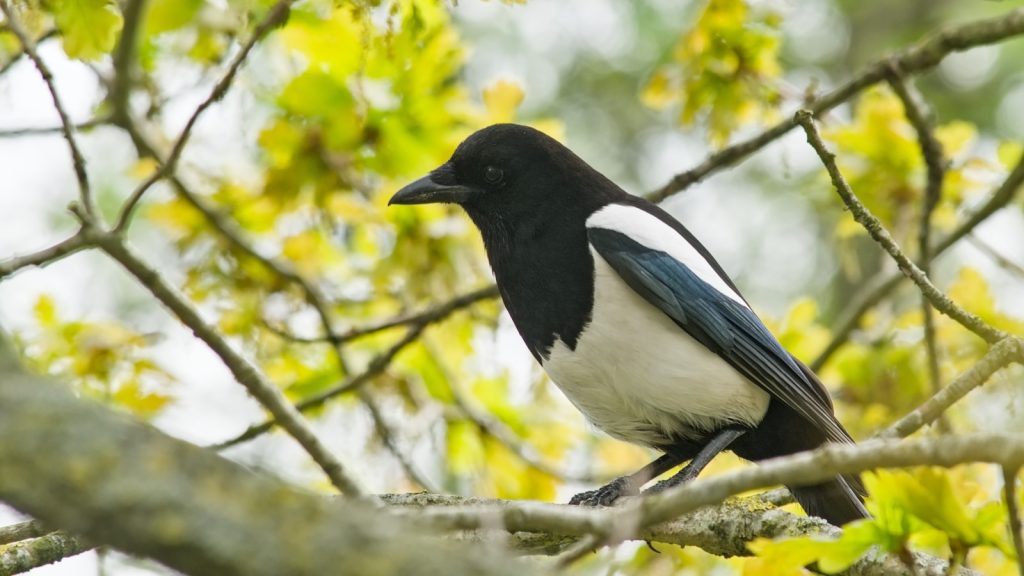
Magpies are one of the few animals that can recognise themselves in a mirror. This ability, called self-recognition, is rare in the animal kingdom and suggests high intelligence. In Britain, these birds are often surrounded by superstition, but their brainpower is indisputable.
12. Swifts Sleep on the Wing
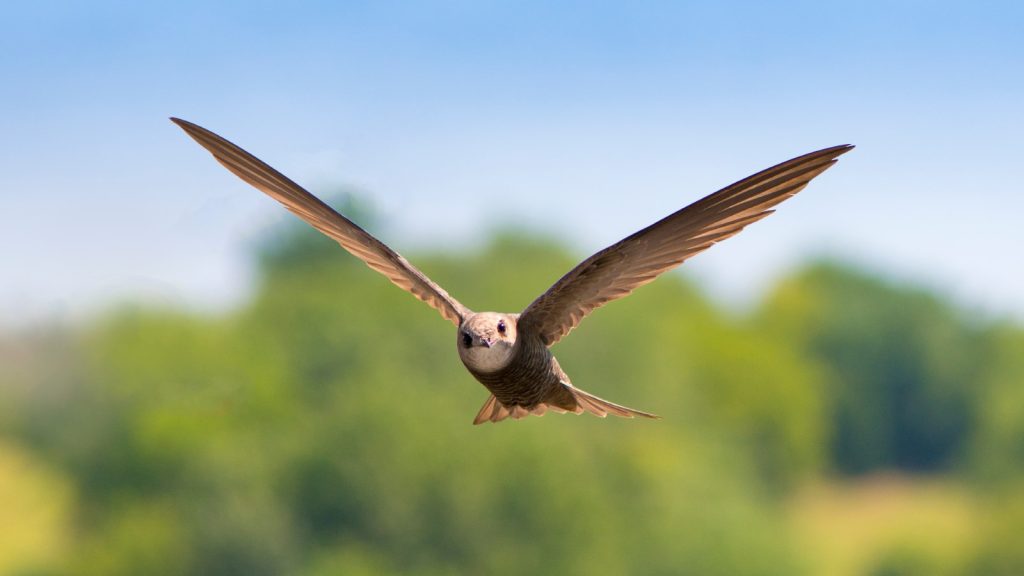
Swifts are true marvels of the sky. These birds spend most of their lives in the air, even sleeping while flying. They can remain airborne for up to 10 months without landing, making them one of the most aerially-adapted birds in the world. It’s believed they do this to avoid predators and conserve energy.
13. The Goldcrest Weighs Less Than a Teaspoon of Sugar
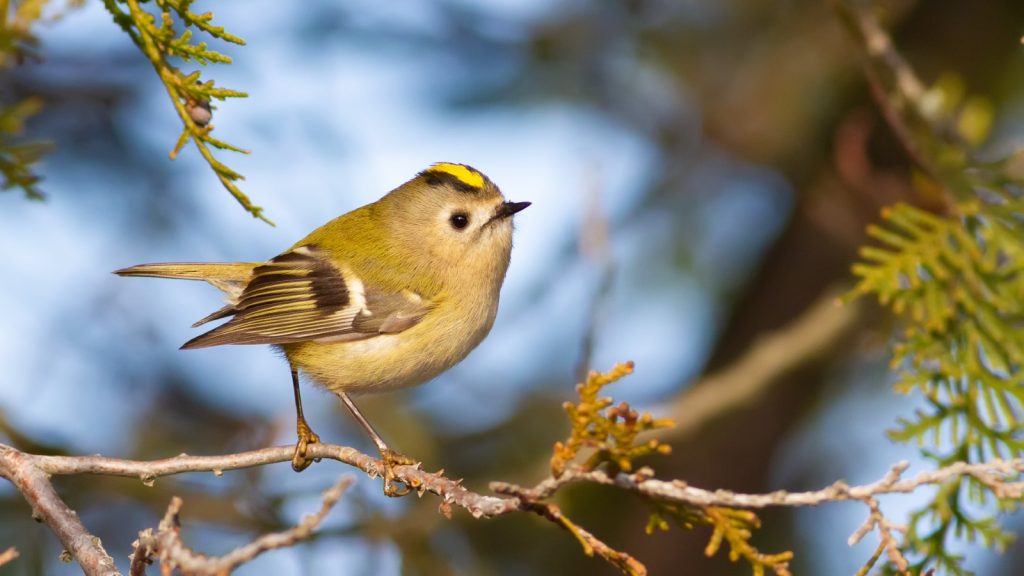
Britain’s smallest bird, the goldcrest, weighs only around 5-6 grams, less than the weight of a teaspoon of sugar. Despite their tiny size, these energetic birds are hardy, surviving through harsh British winters by foraging for insects in coniferous trees.
14. The Raven Is One of the Smartest Birds in the World
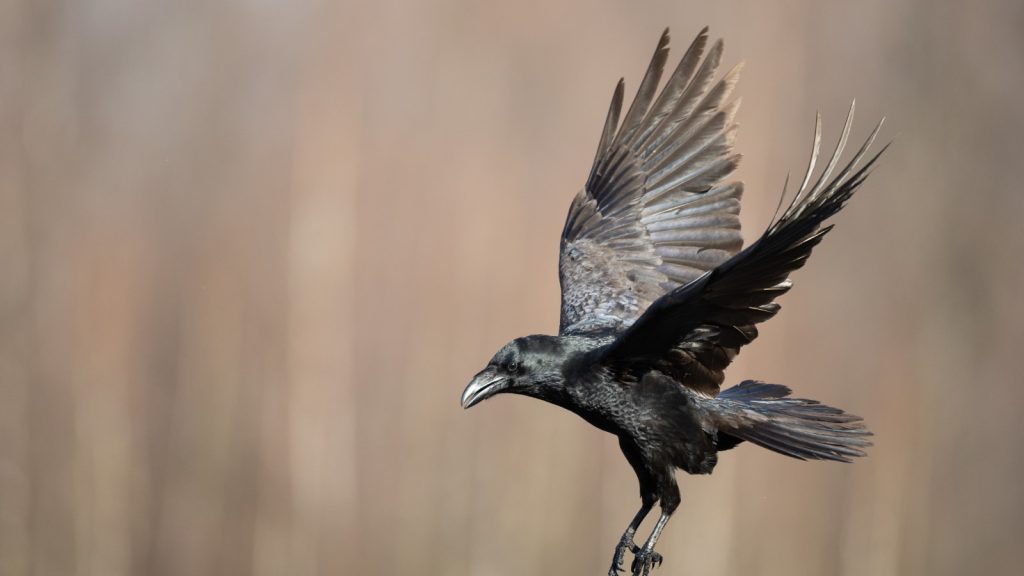
Ravens have long been associated with myths and legends, but their intelligence is just as legendary. They are capable of solving puzzles, using tools, and even playing tricks on one another. In captivity, ravens have been observed using their wits to obtain food in inventive ways.
15. Mute Swans Are Fiercely Territorial
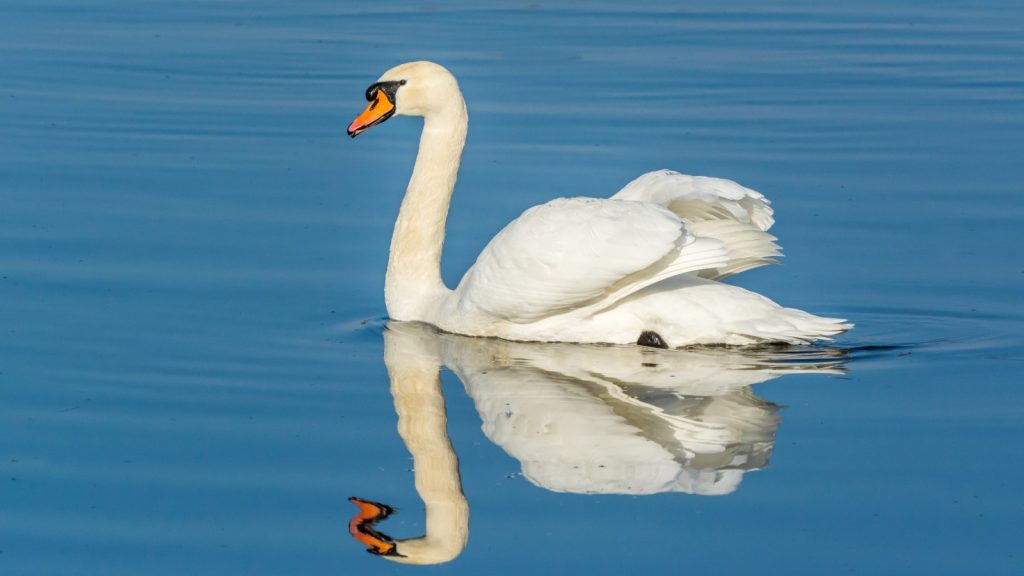
Though they appear graceful and serene, mute swans can be surprisingly aggressive, especially when defending their nest. They are known to chase away intruders, including humans, with powerful wingbeats. As a native species, they are deeply protected, and harming one is still considered treason in Britain.
16. The Nightjar Is Almost Invisible
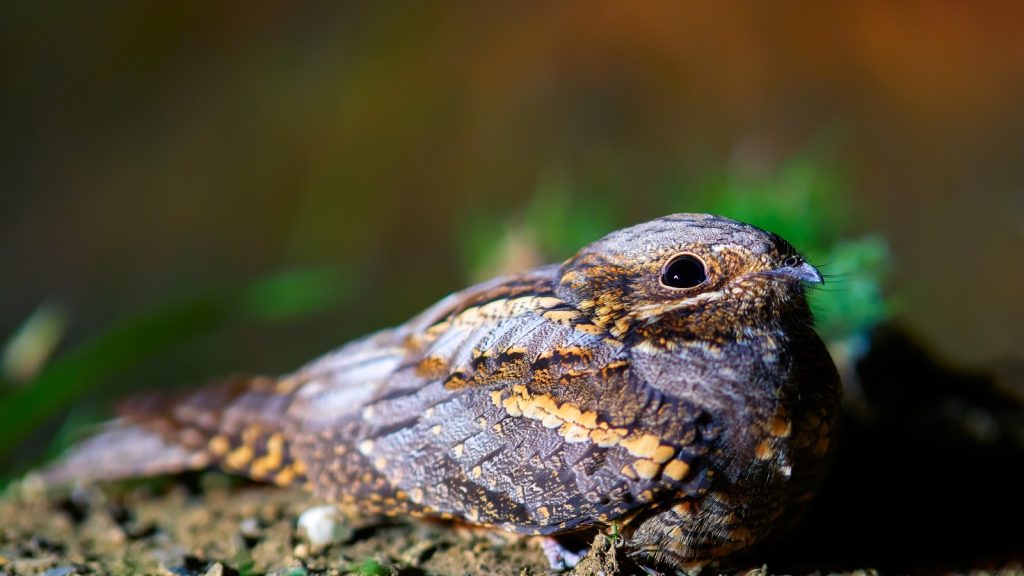
Nightjars are masters of camouflage. With their mottled brown and grey plumage, they blend seamlessly into their surroundings, making them nearly impossible to spot during the day when they are resting on the ground. Their ability to disappear into their environment helps protect them from predators.
17. Jackdaws Are Highly Social Birds
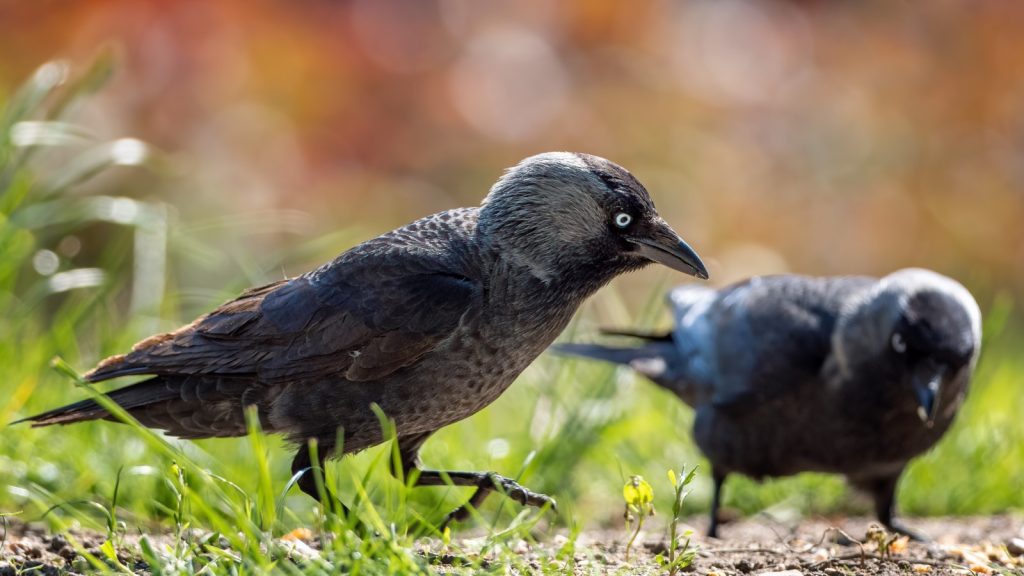
Jackdaws are among the most social of Britain’s birds. They form close-knit groups and often mate for life. They also have a complex system of communication, using different calls and body language to coordinate with their flock. Studies show that they even form bonds similar to friendships.
12 Facts About the Adder, Britain’s Only Venomous Snake
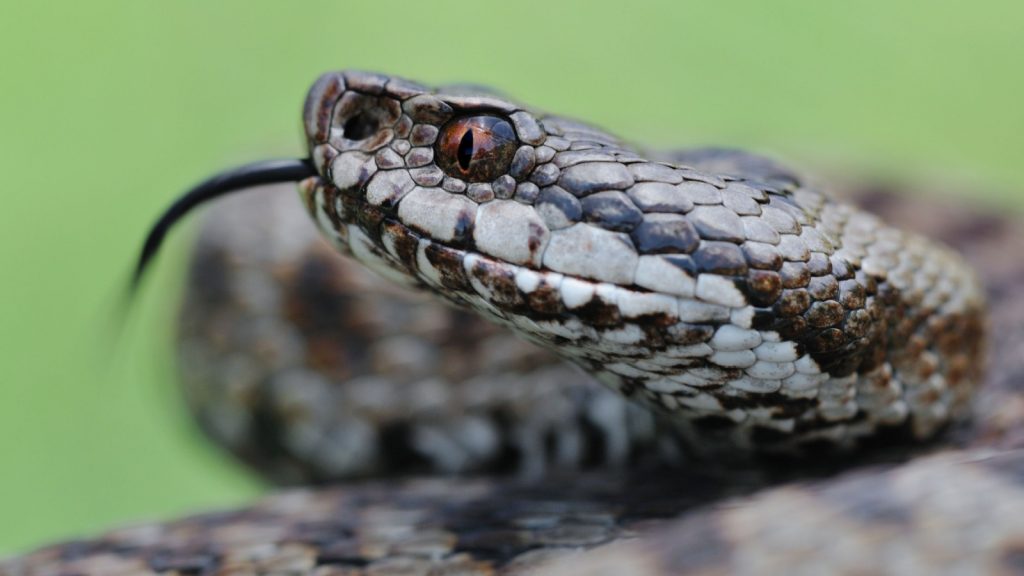
The adder, also known as the common viper, is Britain’s only venomous snake. While these fascinating creatures are often feared, they play an important role in the country’s ecosystems. Here are 12 scintillating facts about adders that will help you appreciate these misunderstood reptiles.
Read More: 12 Facts About the Adder, Britain’s Only Venomous Snake
Ellen has been obsessed with logic puzzles, jigsaws, and cryptograms since she was a kid. After learning she was taught how to play chess wrong by a family friend (so they could win), she joined her school chess club and the rest is history.
